Kirkland Signature Driver Vs Titleist GT2 Driver: Our Head-To-Head Verdict
We put one of the most-loved drivers on tour up against a budget offering. Is it a mismatch or can the underdog hold its own?
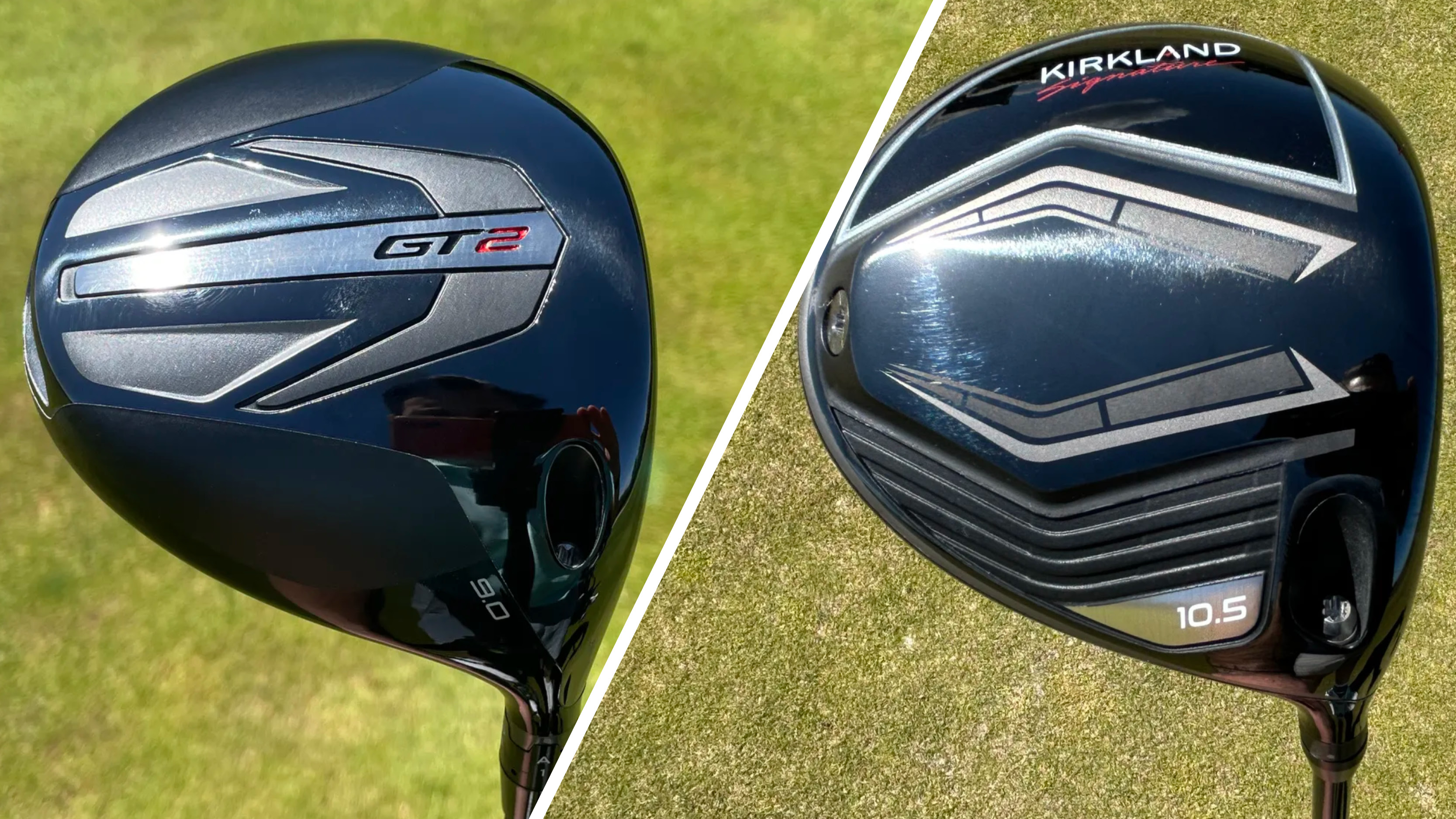

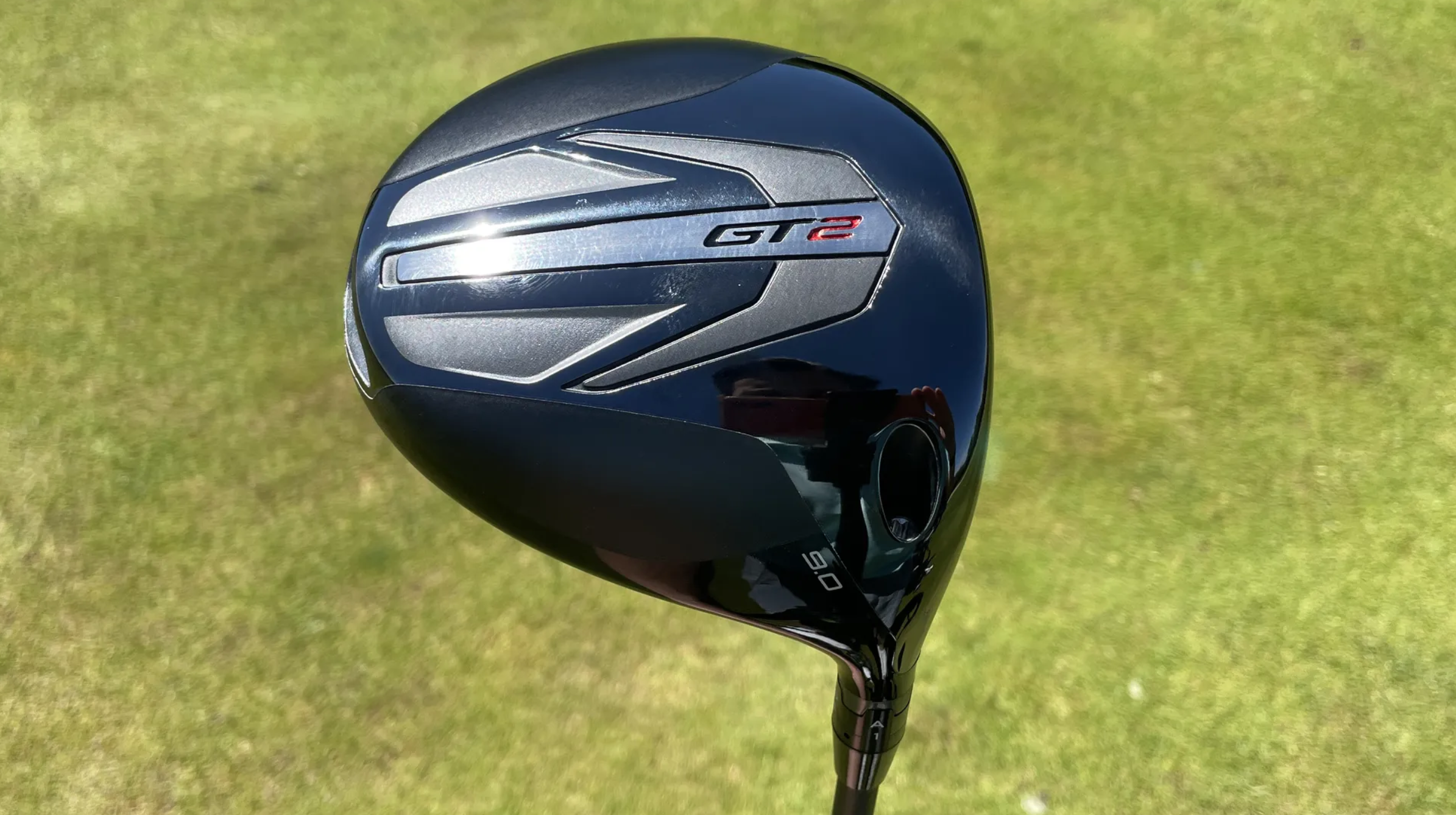
Titleist has stepped up its game in terms of forgiveness throughout the entire GT range and the GT2 is no exception. The retention of ball speed particularly when struck low on the face is very impressive and the clean looks will please Titleist loyalists. The technology behind the improved feel and acoustics is sure to make this a very popular model.
Pros
- Classic Titleist looks
- Impressive innovation with the new crown
- More user friendly than previous families
Cons
- The sole view could have more shelf appeal
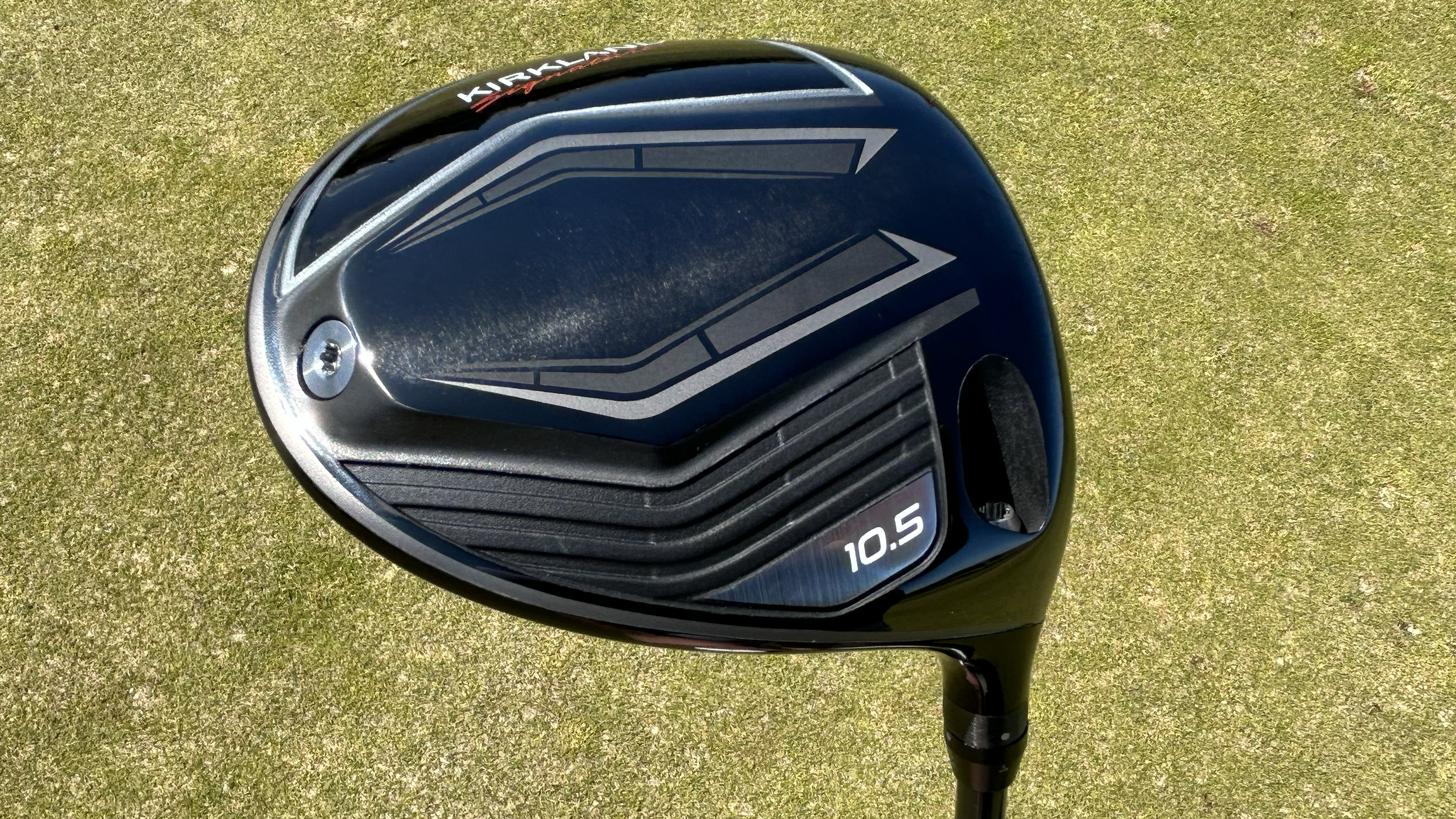
The Kirkland Signature Adjustable driver, given its low cost, delivers impressive looks and performance. The adjustable hosel, carbon-effect crown and premium headcover are all great features, while the ball speed numbers were a pleasant surprise. The sound at impact is pretty high-pitched but the feel is both lively and solid and is more closely attuned to a top-tier driver than a typical budget offering.
Pros
- Very clean and minimal aesthetic
- High-quality headcover
- Impressive ball speed output
Cons
- Slightly 'tinny' sound at impact
- Stock shaft may lack stability for faster swing speeds
It’s fair to assume that the best drivers don’t come cheap. After all, a premium product typically has a premium price tag to go with it. It might then also be a reasonable assumption that the best budget drivers, while being far more affordable, suffer a little when it comes to innovation, looks, feel and overall performance. But is this always the case?
To test the theory we’re pitting a tour favorite, Titleist’s GT2, against one of the most affordable drivers out there, the Kirkland Signature Adjustable driver, which is sold through the Costco wholesaler. The difference in price between the two is well over $/£300. This may appear akin to putting a featherweight into the ring with a heavyweight, but as the age old tale of David and Goliath reminds us, the outcome isn’t always as predictable as it might seem.
Let’s see how they compare...
Technology
The GT2 is part of the GT range, designed to offer more speed compared to the previous TSR family. To achieve this Titleist has replaced the all-titanium construction with a new material in the crown, called Proprietary Matrix Polymer, or PMP for short. It’s certainly lightweight and is used to deliver a familiar look, sound and feel that Titleist loyalists will appreciate, while still allowing the club’s designers to better distribute the weight in pursuit of greater forgiveness; the weight has been pushed to both the back and front of the club, allowing for an optimum CG placement and hopefully an increase in clubhead speed. With regards to the range of GT drivers, the GT2 has the highest MOI, which makes it the most user-friendly of the trio.
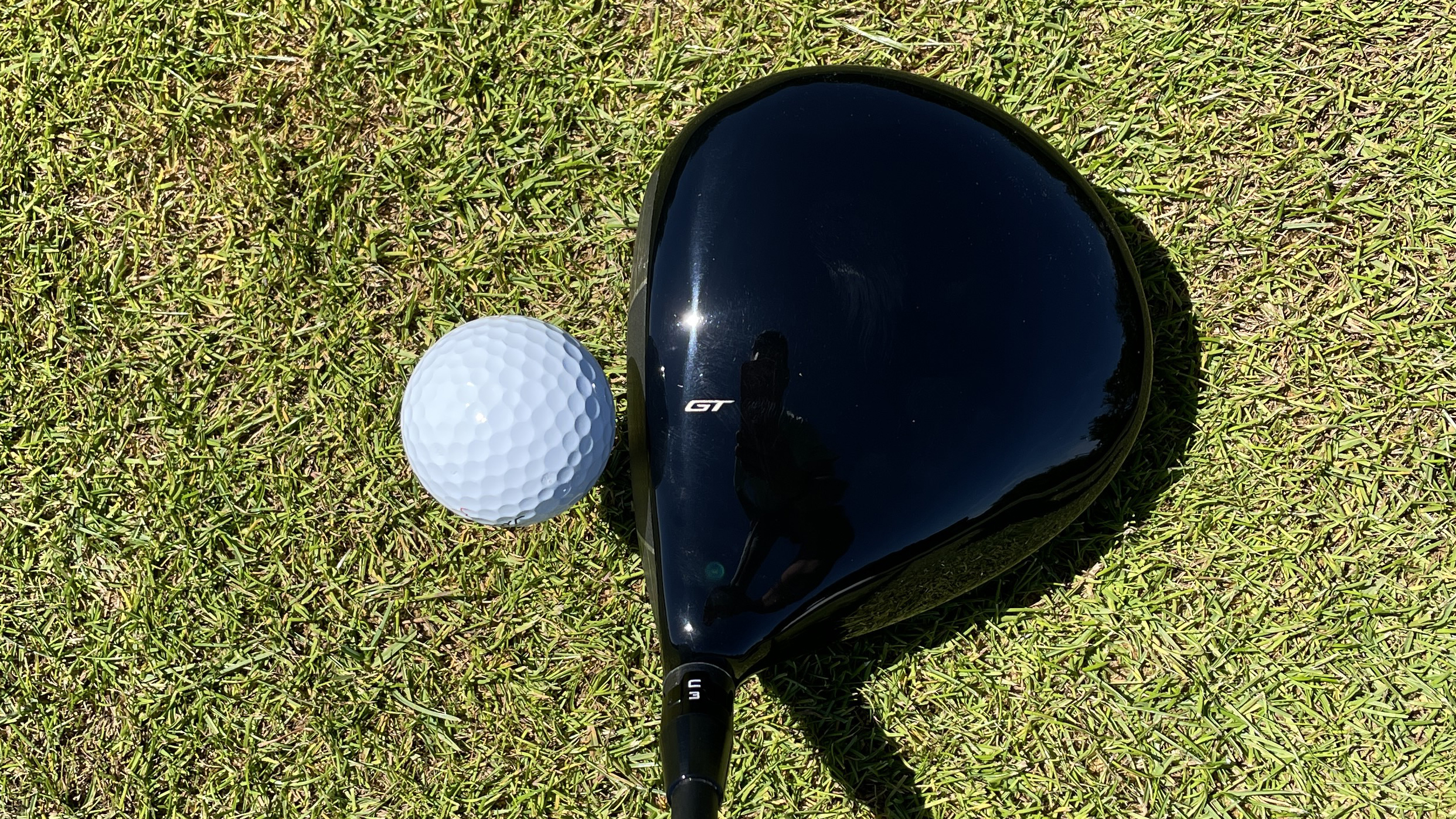
From the playing position, the GT2 oozes class.
Other tech details include an interchangeable back weight that allows you to fine tune the head and swing weight of the driver to suit your needs as well as a SureFit adjustable hosel. Titleist offers a number of shaft options; we were fitted for a Ventus Red Velocore from Fujikura, which does come at an additional cost.
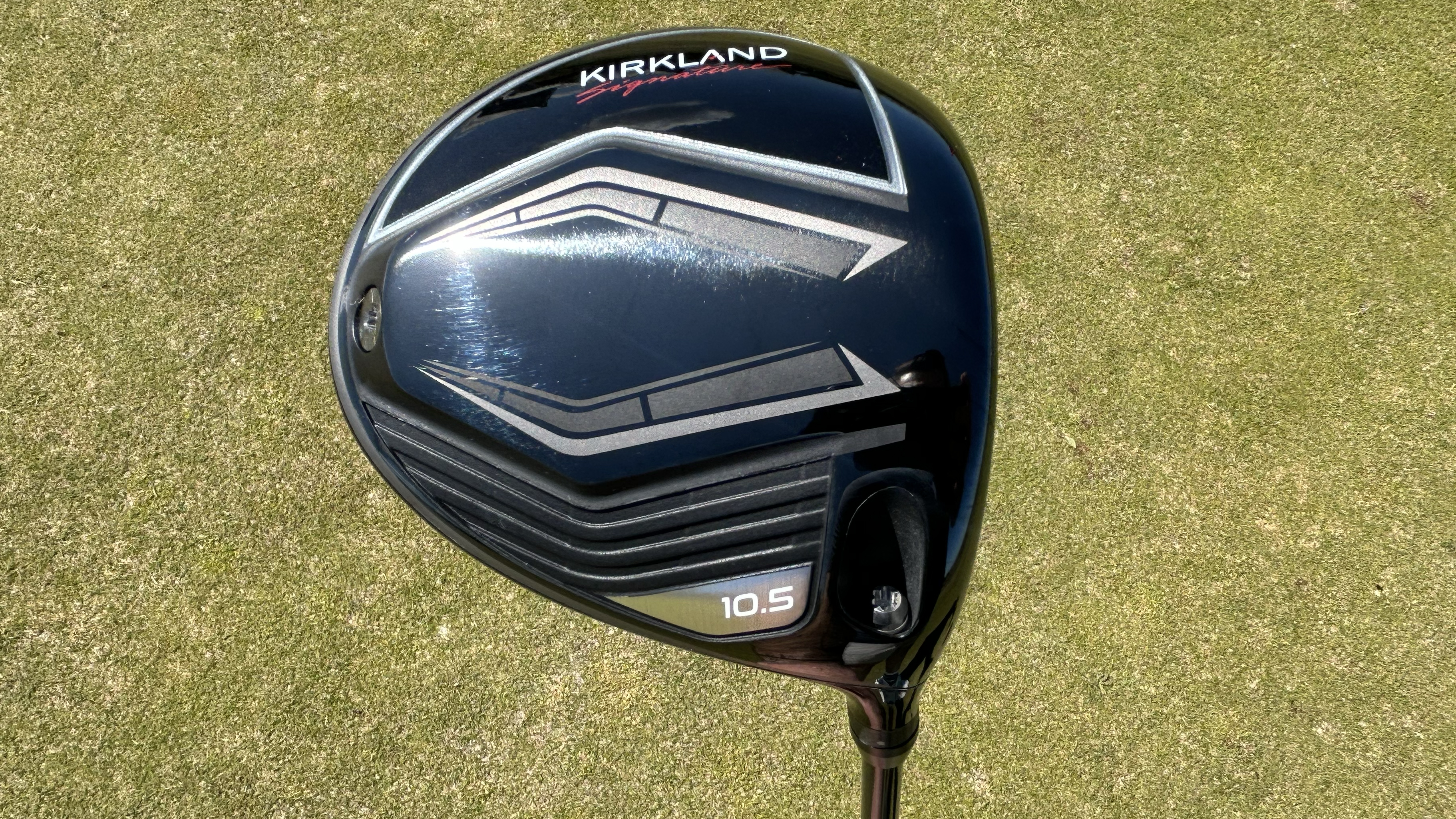
The Signature sole is relatively minimal with just a few artistic flourishes
As for the Kirkland Signature driver it too has a multi-material construction, including a carbon composite crown and titanium sole. Like the GT2 this blend of materials is utilized to reduce the weight and allow it to be distributed in specific areas. In the case of this club, the weight has been positioned low and toward the perimeter to assist with both launch and forgiveness.
The similarities don't end there. The Kirkland Signature also features an adjustable hosel, with four settings to allow for changes in both the loft and the lie angle, should you want to create a draw bias. Again, there’s a backweight for head stability. A True Temper Evnflow Riptide shaft and Lamkin grip are fitted as standard, so no corners are being cut with the components, either.
Subscribe to the Golf Monthly newsletter to stay up to date with all the latest tour news, equipment news, reviews, head-to-heads and buyer’s guides from our team of experienced experts.
The same is true of the premium head cover that comes with the driver, one that closely resembles the GT2 cover in both looks and feel.
Looks
Despite the changes in construction, the GT2 has a familiar look to it, with no joins or banner strips visible from the playing position. It makes for a clean and classy aesthetic that Titleist is known for. And for us it looks exceptional, especially at address.
The dimensions are perfectly proportioned resulting in a rounded 460cc head that’s visually appealing as well as large enough to promote plenty of confidence; the head is longer front-to-back, with a slightly shallower face. Titleist has added some shading on the face that creates the illusion of more loft, which again should appeal to those looking for a bit of confidence boost. A small GT logo acts as a subtle alignment aid.
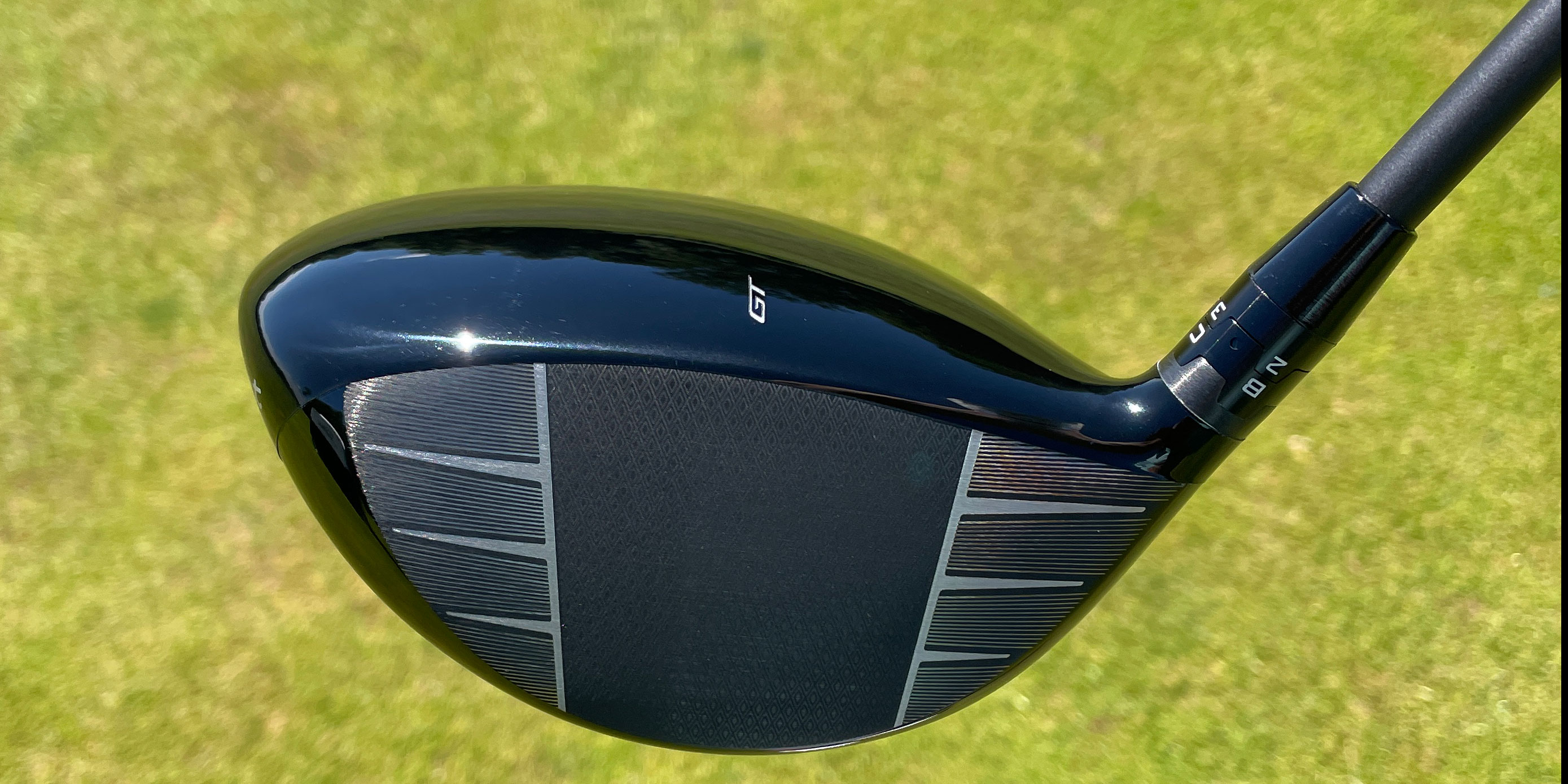
The small 'GT' alignment aid on the crown of the GT2 is a welcome one
We aren’t quite as enamored with the GT2’s sole design. While a minimalistic approach works wonders for the crown, it leaves the sole feeling a little underwhelming. That said, it has no impact on performance and as you can’t see it when playing, it’s far from a dealbreaker.
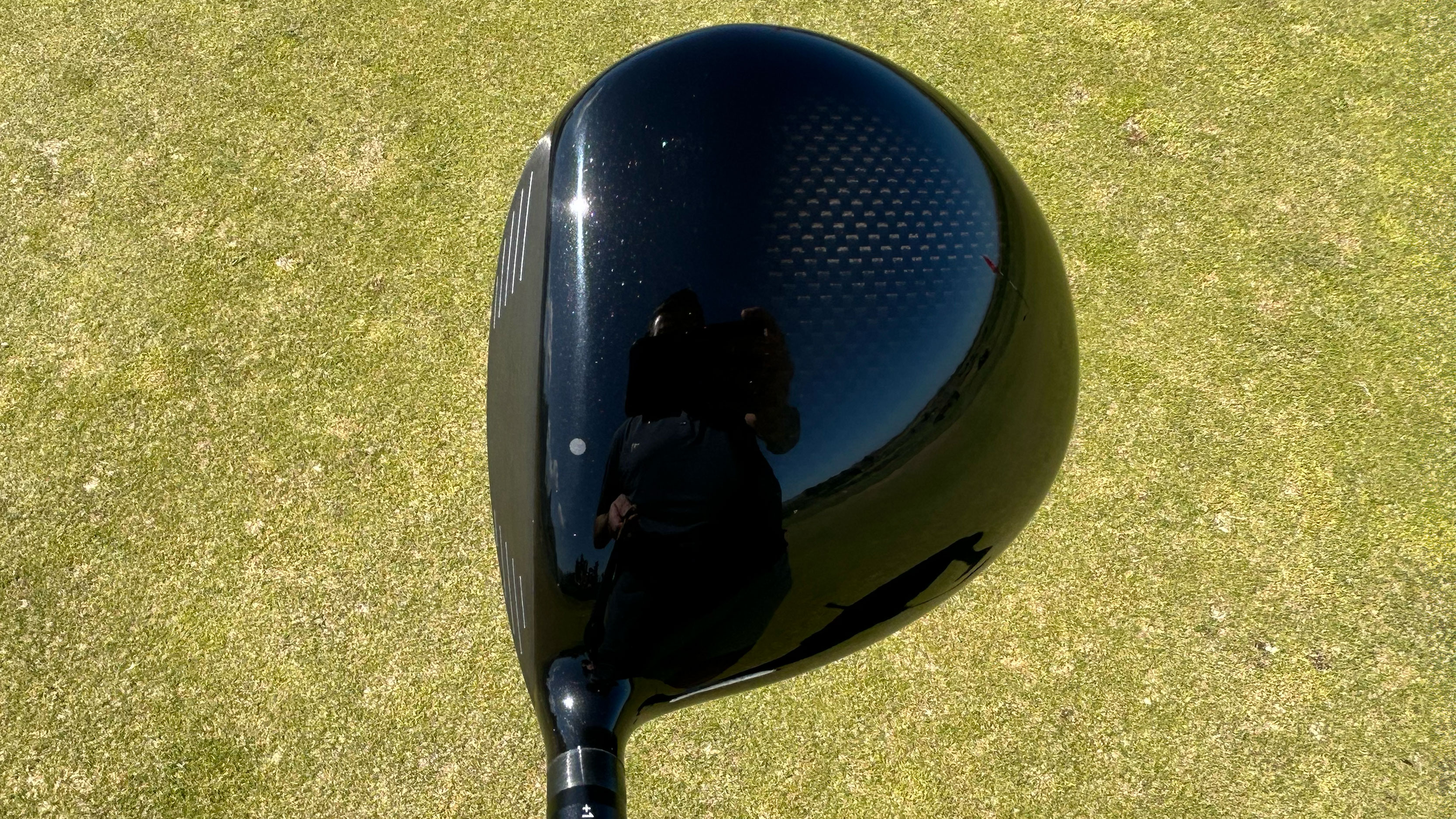
The Kirkland Signature Driver features a carbon effect on the crown.
Given its price tag, you could be forgiven for expecting the Kirkland Signature to suffer a little in the looks department. But instead it shines. The carbon construction is made obvious with the use of a carbon effect on the crown. It creates a premium aesthetic that’s mirrored in the shape. It’s not dissimilar to the GT2, with a lovely rounded profile that’s really appealing from the playing position. There’s also a small alignment aid presented in a similarly understated fashion as the GT2; here it's a dot.
The sole is a little busier than the GT2 but it’s still relatively minimal, with a single Kirkland logo, a few ‘humps and bumps’ and some graphical lines.
Feel
All of the changes that Titleist has ushered in for the GT range become apparent when you start to hit balls. The sound and feel of the GT2 is exquisite, managing to create a powerful feel without ever being harsh, and with an acoustic to match. In short it’s as sophisticated a combination as you could wish for.

There's plenty of tech hidden away in the Signature driver head.
Again, it would be a fair expectation that the Kirkland Signature would suffer in the feel and sound department; plenty of budget drivers deliver a ‘tinny’ acoustic that lacks the sophistication of a premium-priced model. But again, the Kirkland offered up a surprise.
While it doesn’t match the GT2, it was far from harsh, delivering a lively, solid feel. The sound, while more high pitched than the Titleist, wasn’t as 'tinny’ as we'd expected. Overall it delivers an impressively powerful feel that belies its price tag.
Performance
As our miss with the driver tends to be low and off the heel, the GT2 won favor quickly, having a minimal effect on both ball speed and dispersion when we caught it in this location. But the success of the GT2 is really felt across the board. For us everything has been stepped up a notch, from the aerodynamics to the acoustics, and from the feel to the forgiveness. This is what an upgrade should look, feel and perform like.
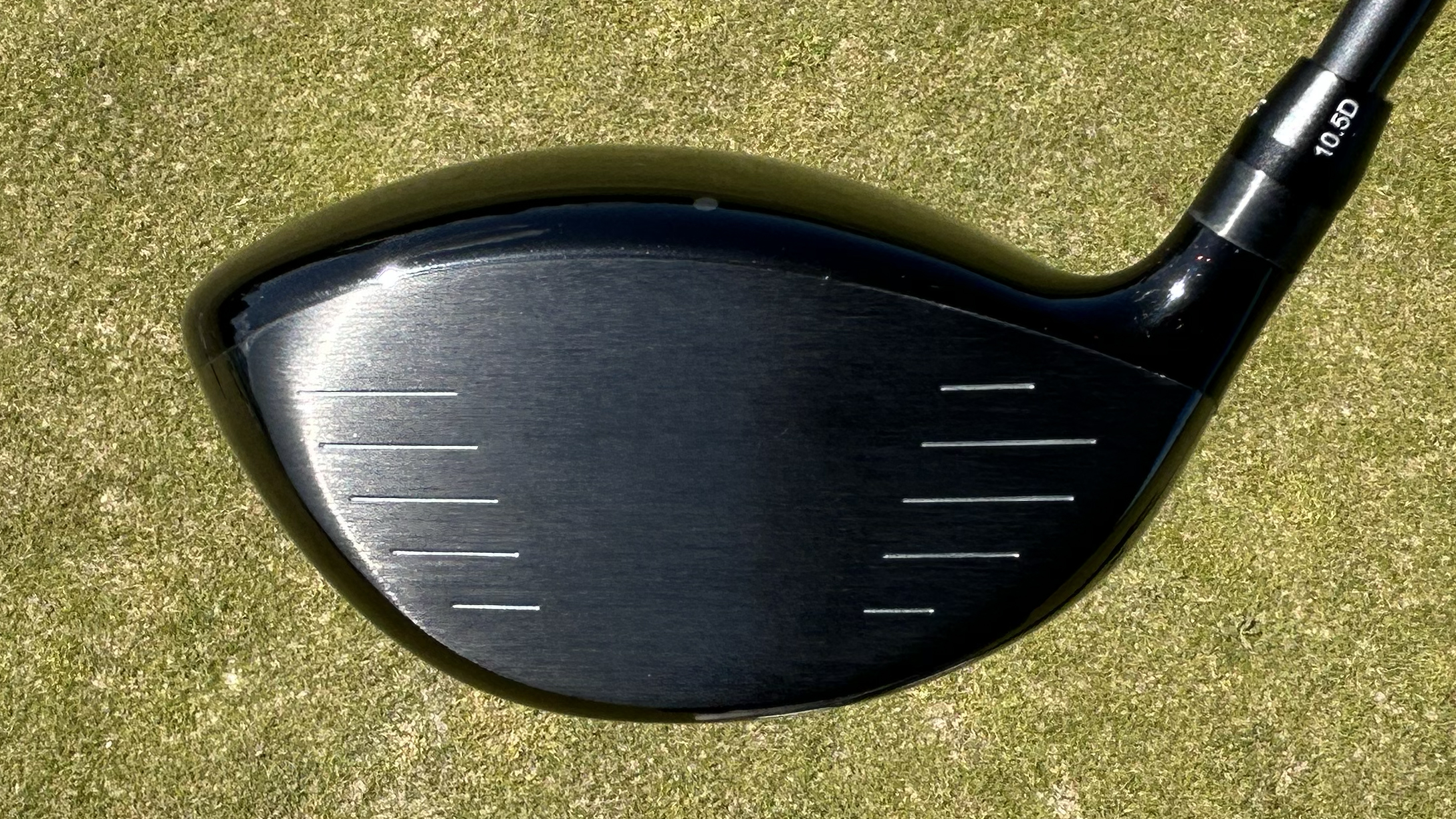
The face of the Kirkland Signature driver.
In terms of numbers, the GT2 gives us bags of carry and distance, with a low spin rate that helps to maximize performance. When we tested the Kirkland Signature using a premium golf ball it produced some surprising numbers. The spin rate was higher, but not by a huge margin, and the resulting carry distance was just four yards less than with the GT2.
However, when we replaced the premium ball with one of the best value golf balls, the spin numbers from the Kirkland driver increased by a huge amount, topping out at almost 4000rpm. As you’d imagine this had a significant impact on the carry, which dropped to 275 yards compared to the 300 yards achieved with the premium ball. So clearly, matching the Kirkland Signature Driver with the right ball is vital if you’re to make the most of this budget driver.
Which should you choose?
Choose the Titleist GT2 if…
- You want the classic, sophisticated look
- You want more forgiveness
- You value a subtle yet powerful feel and sound
Choose the Kirkland Signature if…
- You're shopping on a budget
- You like a lively impact feel
- You enjoy the look of a carbon effect crown

Joe has worked in the golf industry for nearly 20 years in a variety of roles. After a successful amateur career being involved in England squads at every age group, Joe completed his PGA degree qualification in 2014 as one of the top ten graduates in his training year and subsequently went on to become Head PGA Professional at Ryder Cup venue The Celtic Manor Resort. Equipment has always been a huge passion of Joe’s, and during his time at Celtic Manor, he headed up the National Fitting Centres for both Titleist and Taylormade. He’s excited to bring his knowledge of hardware to Golf Monthly in the form of equipment reviews and buying advice.
Joe lives in North Devon and still plays sporadically on the PGA West region circuit. His best round in recent years came earlier in 2023 where he managed a 9 under par 63 at Trevose GC in a Devon & Cornwall PGA Tournament.
Joe's current What's In The Bag?
Driver: Switch between TaylorMade Qi35 and Callaway Elyte TD - both with Fujikura Ventus Black 6-X
Fairway wood 1: TaylorMade BRNR Copper Mini Driver - Fujikura Ventus Black 7-X
Fairway wood 2: Callaway Apex UW 17˚- Fujikura Ventus Black 9-X
Irons: TaylorMade P7CB 3-PW with Dynamic Gold Tour Issue X100 shafts
Wedges: Callaway Opus 50, 54, and 60 degrees - Project X LS 6.0 shafts
Putter: LAB Golf Oz.1 (zero shaft lean)
Ball: TaylorMade 2024 TP5x
Grips: Golf Pride Tour Velvet 60R
Bag: Vessel Player IV Pro DXR Stand
- Luke FriendFreelance Writer
- Conor KeenanGear & Ecommerce Writer
You must confirm your public display name before commenting
Please logout and then login again, you will then be prompted to enter your display name.